Home>Garden Essentials>What Does Cotton Seed Look Like
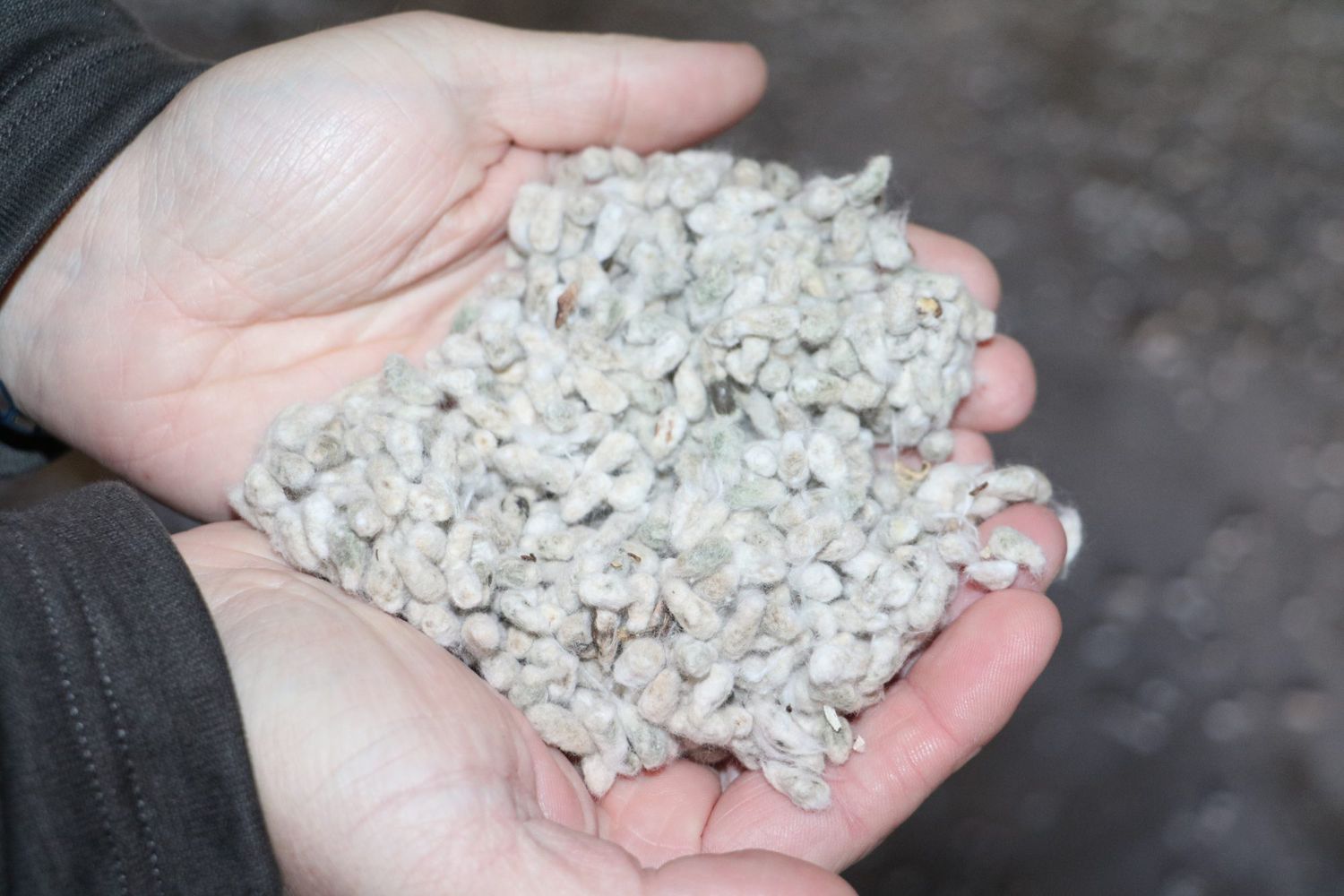

Garden Essentials
What Does Cotton Seed Look Like
Modified: August 23, 2024
Discover how cotton seeds look like in your garden and learn more about growing cotton plants in this comprehensive guide.
(Many of the links in this article redirect to a specific reviewed product. Your purchase of these products through affiliate links helps to generate commission for Storables.com, at no extra cost. Learn more)
Introduction
Welcome to the fascinating world of cotton seeds! If you’ve ever wondered what cotton seeds look like, you’re in the right place. Cotton seeds, the tiny powerhouses that give birth to one of the most widely used natural fibers in the world, have a unique and intriguing appearance. In this article, we will explore the anatomy and characteristics of cotton seeds, shedding light on their structure, color, texture, and overall appearance.
Cotton, scientifically known as Gossypium, belongs to the Malvaceae family and is primarily cultivated for its soft and fluffy fibers. These fibers are processed to make a wide range of products, including clothing, household textiles, and industrial materials. The journey of cotton begins with its seeds, which play a pivotal role in the growth and development of the cotton plant.
So, what do cotton seeds look like? Let’s dive in and find out!
Key Takeaways:
- Cotton seeds have a protective outer coat and a lighter, smoother inner coat. They contain an embryo with cotyledons and endosperm, providing essential nutrients for growth.
- Cotton seeds are small, oval-shaped, and come in brownish hues. Their unique textures and colors reflect the balance between protection and nourishment for the future cotton plant.
Read more: What Does Calendula Seeds Look Like
Appearance of Cotton Seed
The cotton seed is a small, oval-shaped seed with a distinctive appearance. It is encased in a protective seed coat, which gives it a unique texture and color.
When you first lay eyes on a cotton seed, you will notice its overall brownish coloration. The outer seed coat, also known as the testa, is usually a shade of light to medium brown. This outer coat can have variations in color, ranging from tan to reddish-brown, depending on the variety of cotton.
The texture of the outer seed coat is slightly rough and leathery to the touch. It provides a protective layer that shields the inner components of the seed from external factors such as moisture, pests, and diseases.
Upon closer inspection, you may notice that the outer seed coat has tiny hair-like structures, known as trichomes. These trichomes contribute to the cotton seed’s characteristic fuzziness and are reminiscent of the cotton fibers we are familiar with.
As you peel away the outer seed coat, you will reveal the inner seed coat, also called the tegmen. The inner seed coat is thinner and lighter in color, usually a pale shade of off-white or cream. It has a smoother texture compared to the outer coat.
The cotton seed itself is nestled within the inner seed coat. It is the heart of the seed, containing the essential components needed for germination and growth. Let’s explore the anatomy of the cotton seed in more detail.
Anatomy of Cotton Seed
To better understand the structure of a cotton seed, let’s explore its various components.
Outer Seed Coat
The outer seed coat, or testa, is the protective layer that surrounds the inner parts of the cotton seed. It is thick and robust, providing physical protection to the delicate seed within.
Inner Seed Coat
The inner seed coat, or tegmen, is the layer that lies beneath the outer seed coat. It is thinner and more fragile than the outer coat. The inner seed coat protects the embryo and other internal structures of the seed.
Read more: What Does A Cactus Seed Look Like
Embryo
The cotton seed’s embryo is the miniature version of the future plant. It contains the genetic material necessary for germination and growth. The embryo is made up of several components, including the cotyledons and the embryonic axis.
Cotyledons
The cotyledons are the embryonic leaves found within the cotton seed. They provide essential nutrients to the developing plant during early stages of growth. In cotton seeds, the cotyledons are generally two in number and are rich in oils and proteins.
Endosperm
The endosperm is a starchy tissue within the cotton seed that provides additional nourishment to the embryo. It serves as a source of energy and nutrients during germination and early plant development.
These different components work together to ensure the successful germination and growth of the cotton plant.
Now that we understand the anatomy of a cotton seed, let’s delve into its distinct characteristics in terms of color and texture.
Outer Seed Coat
The outer seed coat, also known as the testa, is a crucial protective layer surrounding the cotton seed. It serves as the first line of defense against external elements and plays a significant role in the seed’s overall appearance.
The outer seed coat is typically light to medium brown in color, resembling a natural hue that blends with the surrounding environment. However, the exact shade can vary depending on the cotton variety. Some seeds may have a tan coloration, while others may exhibit a reddish-brown tint.
In terms of texture, the outer seed coat has a slightly rough and leathery feel. This roughness is mainly attributed to the presence of tiny hair-like structures called trichomes. Trichomes are small appendages that protrude from the seed coat’s surface, giving it a fuzzy appearance.
The presence of trichomes is significant because they are responsible for the characteristic fuzziness of cotton, which ultimately develops into the cotton fibers we are familiar with. These fibers are highly valued for their softness, breathability, and absorbency, making them ideal for textile production.
Interestingly, the outer seed coat of cotton seeds not only protects the inner components but also aids in seed dispersal. The rough texture creates friction, allowing the seeds to cling onto surfaces such as clothing or animal fur, facilitating seed transportation to new locations.
As a key part of the cotton seed’s anatomy, the outer seed coat not only safeguards the inner structures but also adds visual appeal to the seed itself. It is a testament to the resilience and adaptability of cotton seeds as they embark on their journey towards growth and development.
Now that we’ve explored the outer seed coat, let’s move on to the inner seed coat and examine its role in the overall appearance of the cotton seed.
Read more: What Does Corn Seed Look Like
Inner Seed Coat
Within the cotton seed, beneath the protective outer seed coat, lies the inner seed coat or tegmen. The inner seed coat is a thin layer that provides further defense and support to the seed’s internal structures.
Compared to the outer seed coat, the inner seed coat is relatively thinner and lighter in color. It typically has a pale shade of off-white or cream, which contrasts with the darker outer coat. This lighter coloration gives the inner seed coat a more delicate and refined appearance.
In terms of texture, the inner seed coat is smoother than the outer seed coat. It has a soft, almost velvety feel to it. This smoothness allows for easier movement and flexibility of the internal components within the seed.
The primary function of the inner seed coat is to protect the embryo and other vital structures of the cotton seed. It acts as a barrier, preventing damage from external factors such as moisture, pests, and diseases. Additionally, the inner seed coat helps regulate water absorption and gas exchange, contributing to proper seed development and germination.
Though less visually striking than the outer seed coat, the inner seed coat is instrumental in safeguarding the genetic potential of the cotton seed. It is an essential part of the seed’s anatomy, ensuring the continuation of the cotton plant’s life cycle.
Now that we have explored and understood the characteristics of the outer and inner seed coats, let’s proceed to examine the embryo, the heart of the cotton seed.
Embryo
The embryo is the central part of a cotton seed and is responsible for the future growth and development of the plant. It contains all the genetic material necessary for the formation of leaves, stems, roots, and reproductive structures.
When you dissect a cotton seed, you will find the embryo nestled within the protective layers of the outer and inner seed coats. It is the “baby” plant within the seed, ready to germinate and begin its journey towards becoming a fully grown cotton plant.
The embryo is made up of several components, including the cotyledons and the embryonic axis. Each of these plays a crucial role in the seed’s growth and development:
Cotyledons:
The cotyledons are the embryonic leaves found within the cotton seed. In most cotton seeds, you will find two cotyledons, although some varieties may have more or fewer. These cotyledons serve as the seed’s source of nutrients during germination and early stages of growth. They contain oils and proteins that provide the energy required for the embryo to push through the soil and develop into a seedling.
Embryonic Axis:
The embryonic axis consists of the radicle, hypocotyl, and plumule. The radicle is the embryonic root, which emerges first during germination and anchors the developing plant to the soil. The hypocotyl is the portion of the axis between the radicle and the cotyledons. It aids in the emergence of the cotyledons and protects the delicate shoot tip. The plumule is the embryonic shoot, which develops between the cotyledons and eventually gives rise to the plant’s leaves and stems.
Together, the cotyledons and the embryonic axis form the essential components of the cotton seed’s embryo. They hold the potential for growth and are crucial for the seed’s successful transition from a dormant state to a thriving plant.
Now that we have uncovered the intricacies of the cotton seed’s embryo, let’s explore the role of the cotyledons in more detail.
Read more: What Does Cumin Seeds Look Like
Cotyledons
The cotyledons are the embryonic leaves found within the cotton seed. They play a vital role in the early stages of a seed’s growth and development. Most cotton seeds have two cotyledons, although some varieties may have more or fewer.
During the germination process, the cotyledons serve as the main source of nutrients for the developing plant. They are packed with oils and proteins that provide the energy required for the seed to sprout and establish itself in the soil.
As the cotton seed germinates, the cotyledons emerge from the shell and begin to fulfill their role. They provide nourishment to the growing seedling until it can independently produce its own food through photosynthesis. The cotyledons act as temporary energy storage organs, ensuring the young plant has sufficient nutrition to develop healthy roots, stems, and leaves.
In addition to their nutritional function, cotyledons also act as protection for the developing plant structures. They shield the delicate immature foliage and growing point, preventing damage from external factors such as harsh weather conditions or insects.
The cotyledons have a unique appearance within the cotton seed. They are often thick and fleshy, with a pale color that contrasts with the darker tone of the outer seed coat. As the cotyledons absorb moisture during germination, they may swell and become softer in texture, allowing for nutrient absorption and utilization.
As the seedling grows, the cotyledons gradually wither and drop off, making way for the true leaves to take over photosynthesis. They serve their purpose as the initial source of nutrition and protection, enabling the cotton plant to establish a firm footing and transition into independent growth.
The cotyledons of a cotton seed are an essential component of its embryonic structure, providing vital resources during early plant development. They showcase the incredible resilience and adaptability of cotton seeds as they embark on their journey to become thriving plants.
Now that we have explored the significance of the cotyledons, let’s continue our exploration of the cotton seed’s anatomy by delving into the role of the endosperm.
Endosperm
The endosperm is a significant component of the cotton seed and plays a crucial role in supporting seed development and germination. It is a starchy tissue that surrounds the embryo and provides essential nutrients and energy for the early stages of the plant’s growth.
At its core, the endosperm serves as a storehouse of nutrients within the seed. It contains carbohydrates, proteins, and fats that the developing cotton seedling can utilize as it starts to establish itself in the soil.
During germination, the endosperm acts as a source of nourishment for the cotyledons and the growing embryo. As the seed begins to take in water, enzymes within the endosperm are activated, breaking down the stored nutrients into simpler forms. These nutrients are then transported to the cotyledons, providing them with the energy needed for growth and development until they can photosynthesize on their own.
In addition to providing sustenance, the endosperm also contributes to seed viability. It helps maintain moisture levels within the seed, ensuring the embryo remains hydrated during dormancy. This moisture regulation is crucial for seed germination, as it allows for the activation of biochemical processes necessary for growth.
The endosperm’s composition and texture may vary among different cotton varieties. In some seeds, the endosperm may appear soft and gelatinous, while in others, it may be more dense and starchy. This variation is influenced by factors such as genetics and environmental conditions.
As the cotton seedling continues to grow and develop, the endosperm gradually depletes as its nutrients are utilized. By the time the seedling establishes itself, the endosperm is typically fully consumed, and the cotyledons have taken over as the primary nutrient source. This transition marks the plant’s ability to sustain itself through photosynthesis.
The endosperm is a vital component of the cotton seed’s anatomy, ensuring the seedling has the necessary resources to kickstart its growth and development. It exemplifies the intricate balance of nature’s design, providing a nurturing environment for the cotton plant’s journey from seed to maturity.
Now that we have explored the different components of the cotton seed and their roles, let’s delve into the final aspects of appearance – the color, texture, size, and shape of the cotton seed.
Color and Texture
Cotton seeds exhibit distinct colors and textures that contribute to their overall appearance. The color of a cotton seed can vary depending on the variety and maturity of the seed.
When fully mature, cotton seeds typically have a predominantly brownish hue. The outer seed coat, also known as the testa, is usually a light to medium shade of brown. This color can range from tan to reddish-brown, giving the seed a natural and earthy appearance.
The inner seed coat, or tegmen, is lighter in color compared to the outer coat. It is typically a pale shade of off-white or cream. The contrast between the darker outer coat and the lighter inner coat adds visual interest to the seed’s appearance.
In terms of texture, cotton seeds have a unique combination of roughness and softness. The outer seed coat is slightly rough and leathery to the touch due to the presence of tiny hair-like structures called trichomes. These trichomes contribute to the cotton seed’s fuzziness and give it a tactile quality reminiscent of the cotton fibers it produces.
Upon closer examination, the inner seed coat has a smoother and softer texture compared to the outer coat. It feels velvety and delicate to the touch, further emphasizing the intricate nature of the seed’s anatomy.
The combination of colors and textures in cotton seeds reflects the inherent beauty of nature’s creations. The rustic brown tones symbolize the earthy origins of cotton, while the interplay of roughness and softness reflects the delicate balance between protection and nourishment within the seed.
Now that we have explored the color and texture of cotton seeds, let’s move on to understanding their size and shape.
Cotton seeds are small, brown, and oval-shaped with a fuzzy texture. They are typically found within the cotton bolls, which are the protective capsules that surround the seeds in the cotton plant.
Size and Shape
Cotton seeds come in various sizes and shapes, influenced by factors such as the cotton variety and growing conditions. While there can be variations, there are general characteristics that can be observed.
In terms of size, cotton seeds are relatively small compared to other plant seeds. On average, a cotton seed measures about 5 to 7 millimeters in length and 3 to 5 millimeters in width. They are considered medium-sized seeds, which allows for easy handling during planting and processing.
The shape of cotton seeds is often described as oval or elliptical. They have a slightly elongated form, with a gentle curve on one side. This shape allows the seeds to fit snugly within the protective layers of the seed coat.
Due to these characteristics, cotton seeds are well-suited for mechanical processing, which involves ginning and separating the fibers from the seeds. Their size and shape facilitate efficient removal from the harvested cotton bolls and subsequent separation techniques.
It is important to note that the size and shape of cotton seeds may vary among different cotton varieties. There could be slight variations in length, width, and overall contour. However, the general range and form remain relatively consistent across the majority of cotton seeds.
The compact size and characteristic shape of cotton seeds highlight their adaptability and efficiency in the natural process of reproduction. They are designed to be efficiently dispersed and planted, ensuring the continuation of the cotton plant’s life cycle.
Now that we have explored the size and shape of cotton seeds, let’s conclude our exploration of their appearance and significance.
Read more: What Does Crabgrass Seed Look Like
Conclusion
Cotton seeds are the humble beginnings of one of the most widely used natural fibers in the world. They possess a distinct and intriguing appearance, with unique colors, textures, sizes, and shapes. Understanding the anatomy and characteristics of cotton seeds not only provides insight into their physical attributes but also highlights the incredible potential they hold.
The outer seed coat, with its rough texture and rich brown color, acts as a protective layer, shielding the inner components from external factors. The inner seed coat, on the other hand, is smoother and lighter in color, providing further defense to the delicate embryo within.
The embryo, consisting of cotyledons and the embryonic axis, holds the genetic material necessary for the seed’s growth and development. The cotyledons, in particular, serve as a source of nutrients for the young seedling, while the endosperm provides the necessary sustenance during the early stages of growth.
Cotton seeds exhibit a harmonious blend of colors and textures, reflecting their natural origins and the remarkable balance of protection and nourishment they provide. The brownish hues symbolize their earthly roots, while the combination of roughness and softness represents the delicate relationship between defense and growth.
Furthermore, cotton seeds are characterized by their medium size and elliptical shape, allowing for convenient handling during processing and efficient reproduction in the wild.
In conclusion, the appearance of cotton seeds is not just a matter of aesthetics but also a testament to their resilience and adaptability. From the protective outer seed coat to the nourishing cotyledons, each component plays a vital role in the journey of a cotton seed from dormancy to a thriving plant.
Next time you come across a cotton seed, take a moment to appreciate its unique appearance and the incredible potential it holds. From such small and unassuming seeds, the world is woven with the soft, durable, and versatile fibers that have shaped our lives for centuries.
Frequently Asked Questions about What Does Cotton Seed Look Like
Was this page helpful?
At Storables.com, we guarantee accurate and reliable information. Our content, validated by Expert Board Contributors, is crafted following stringent Editorial Policies. We're committed to providing you with well-researched, expert-backed insights for all your informational needs.
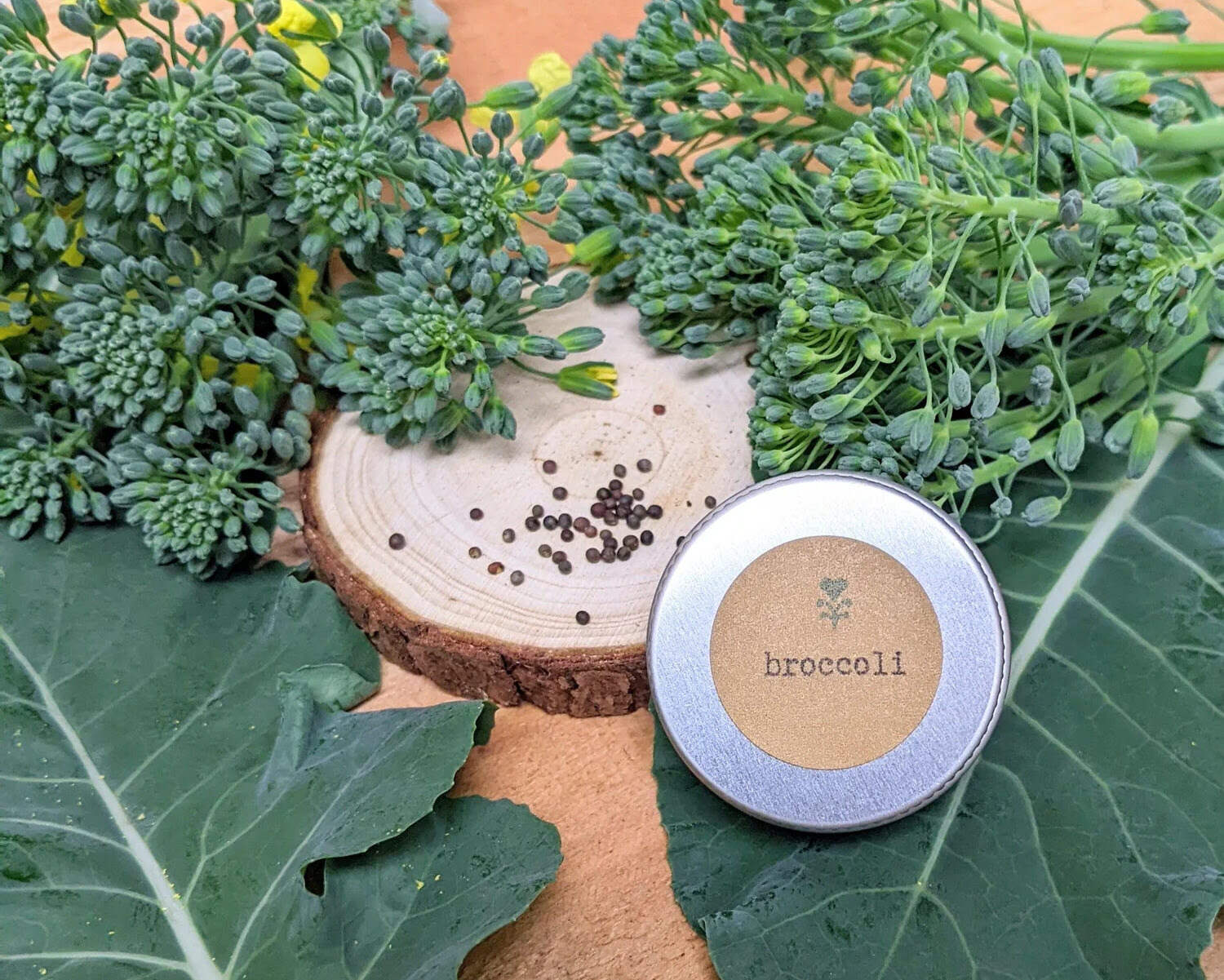
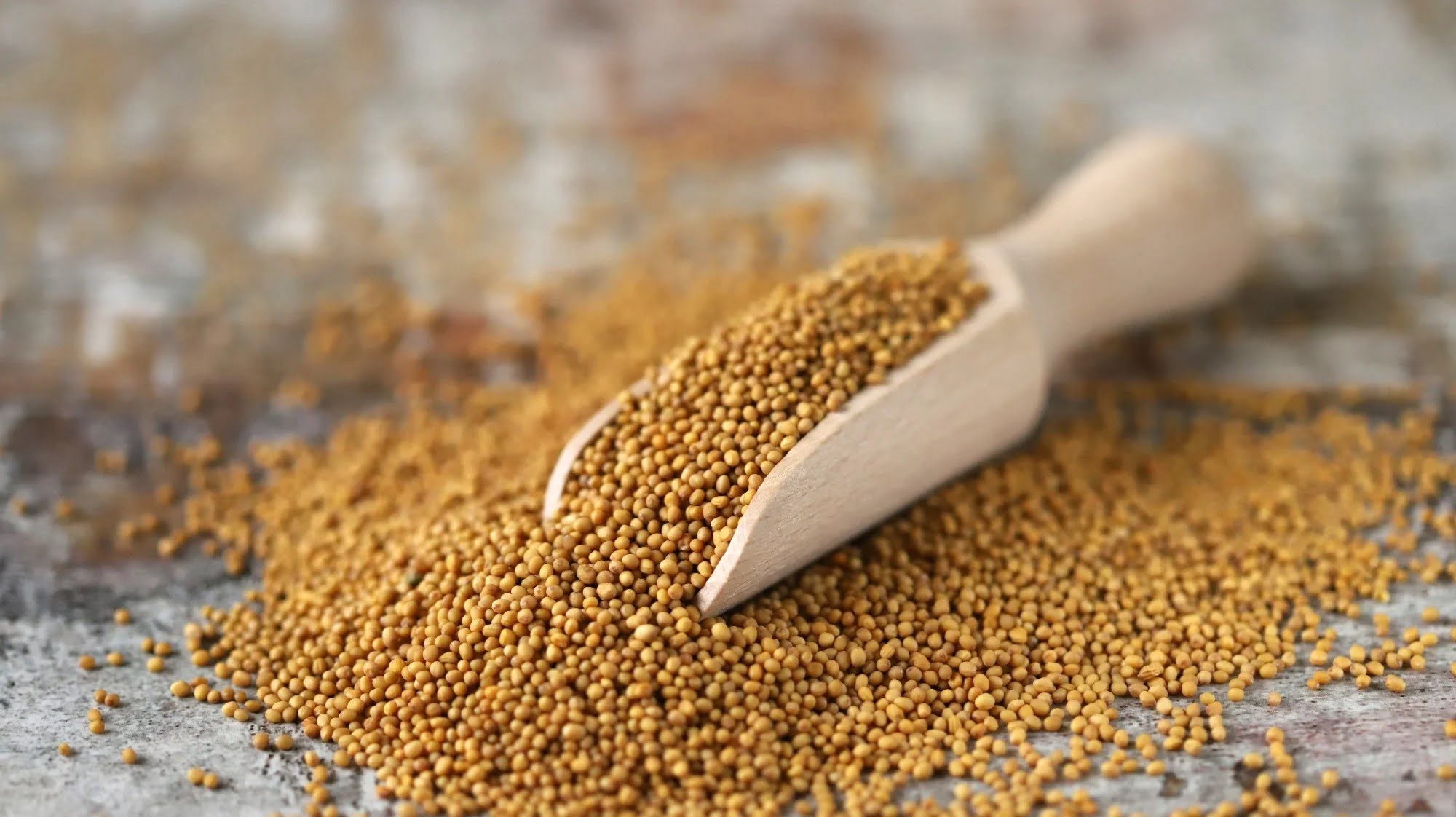
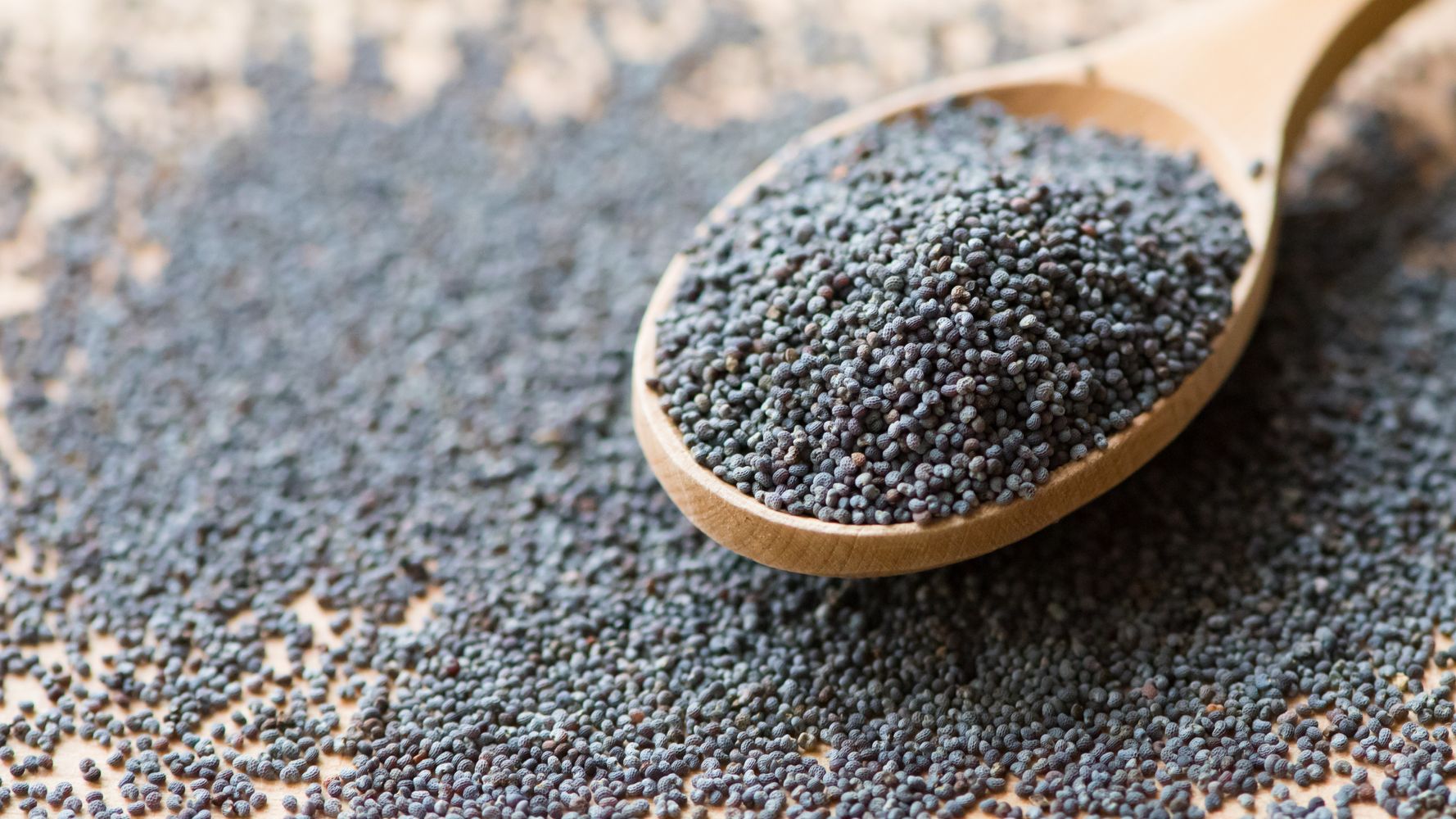

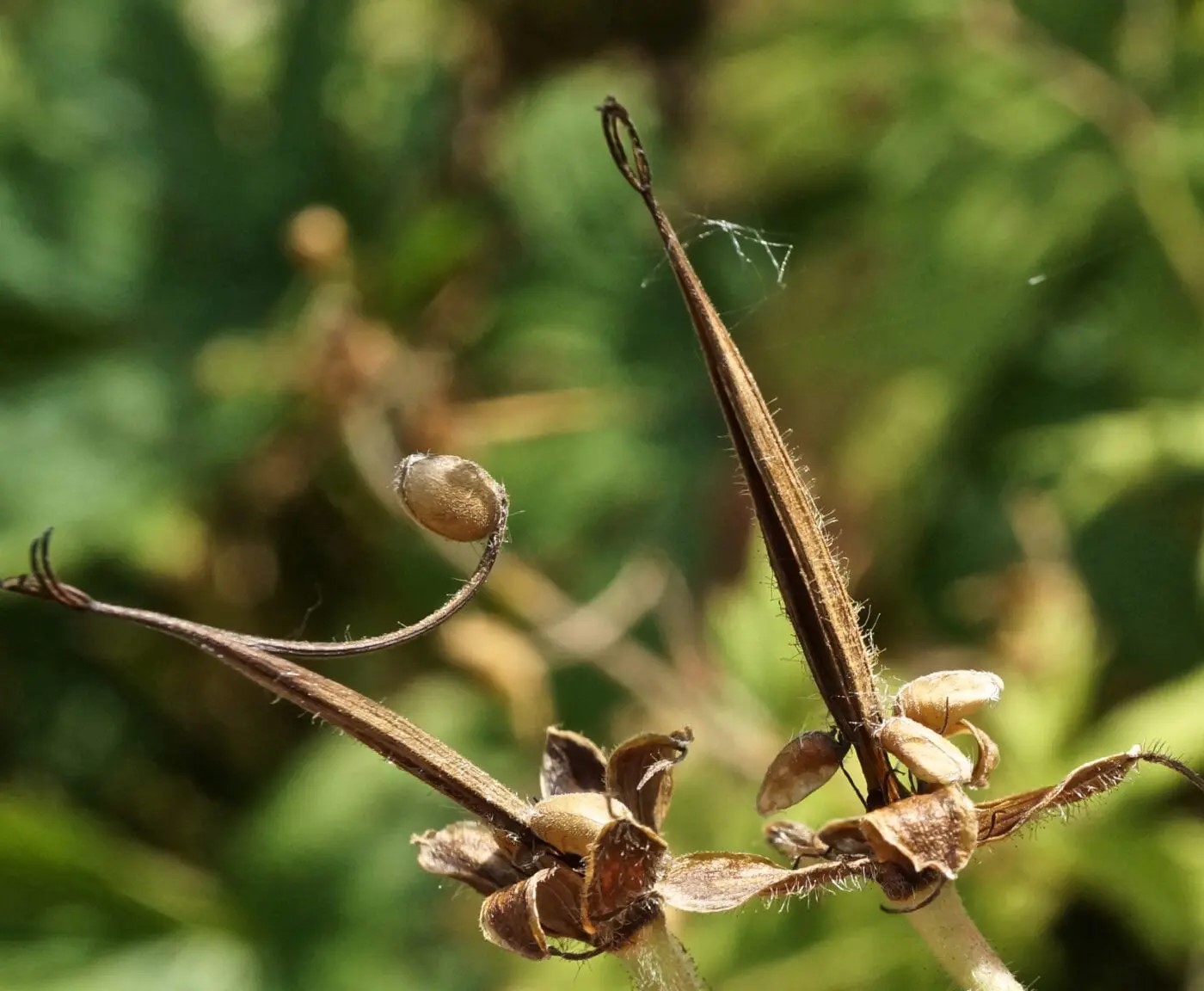
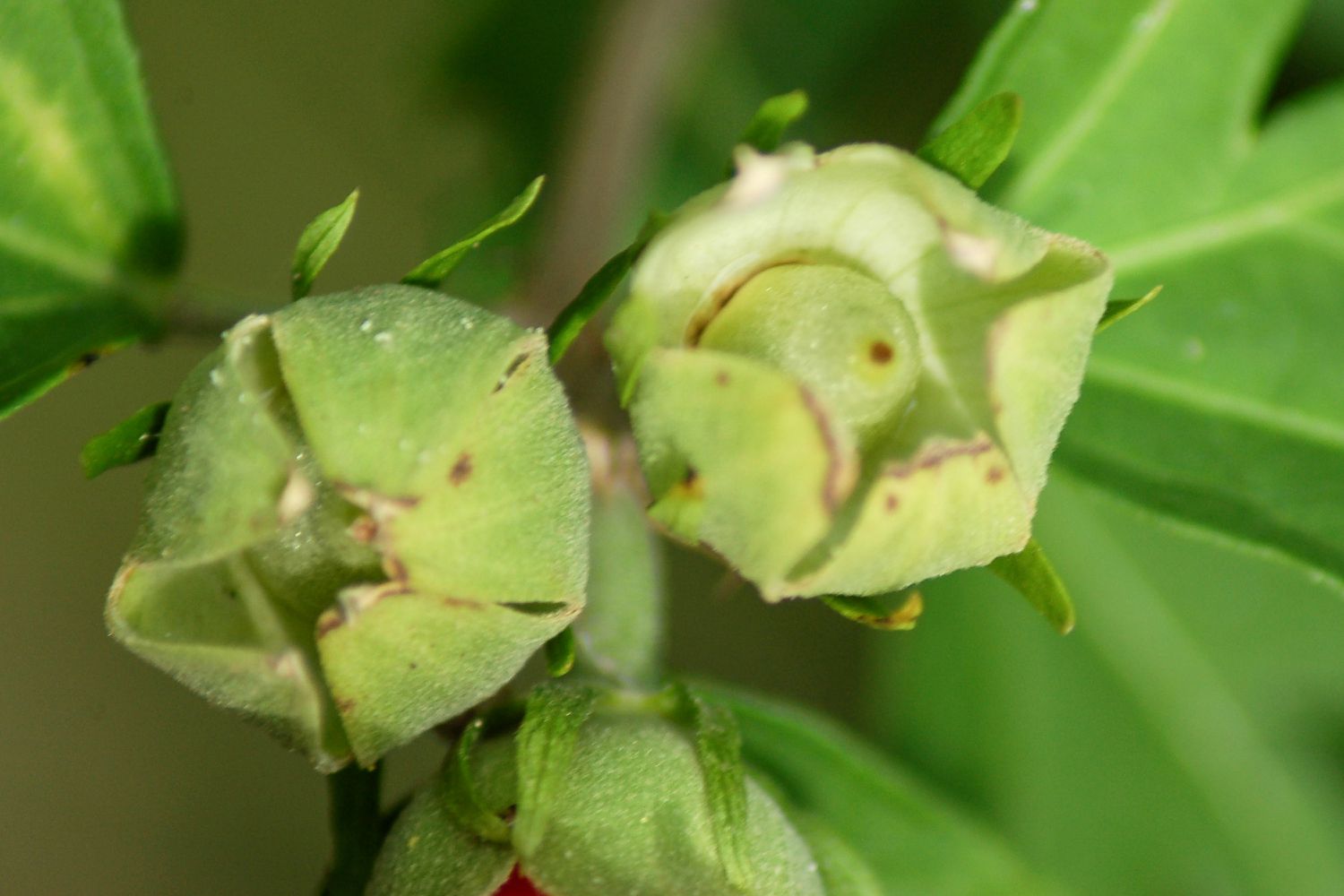
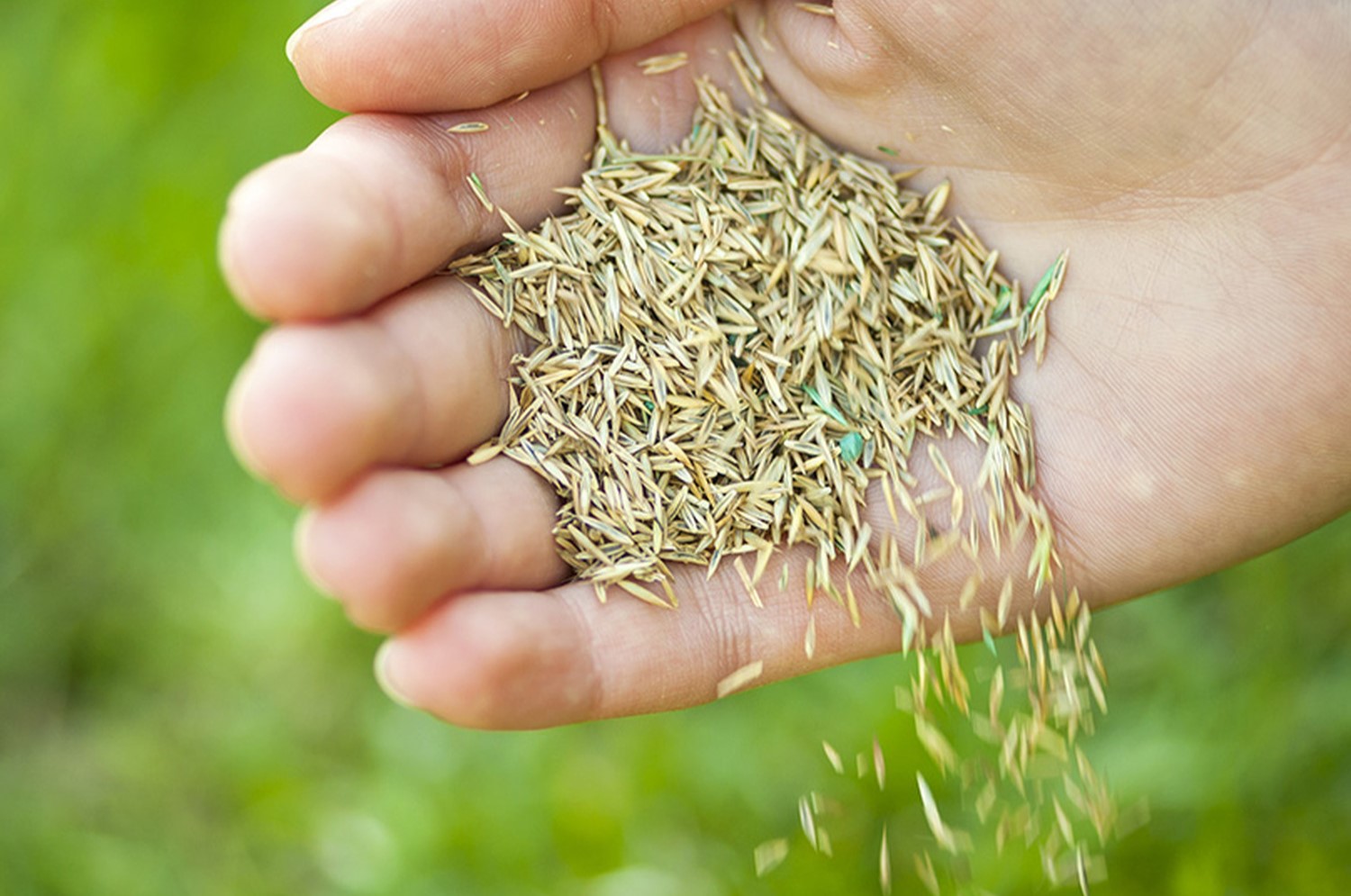
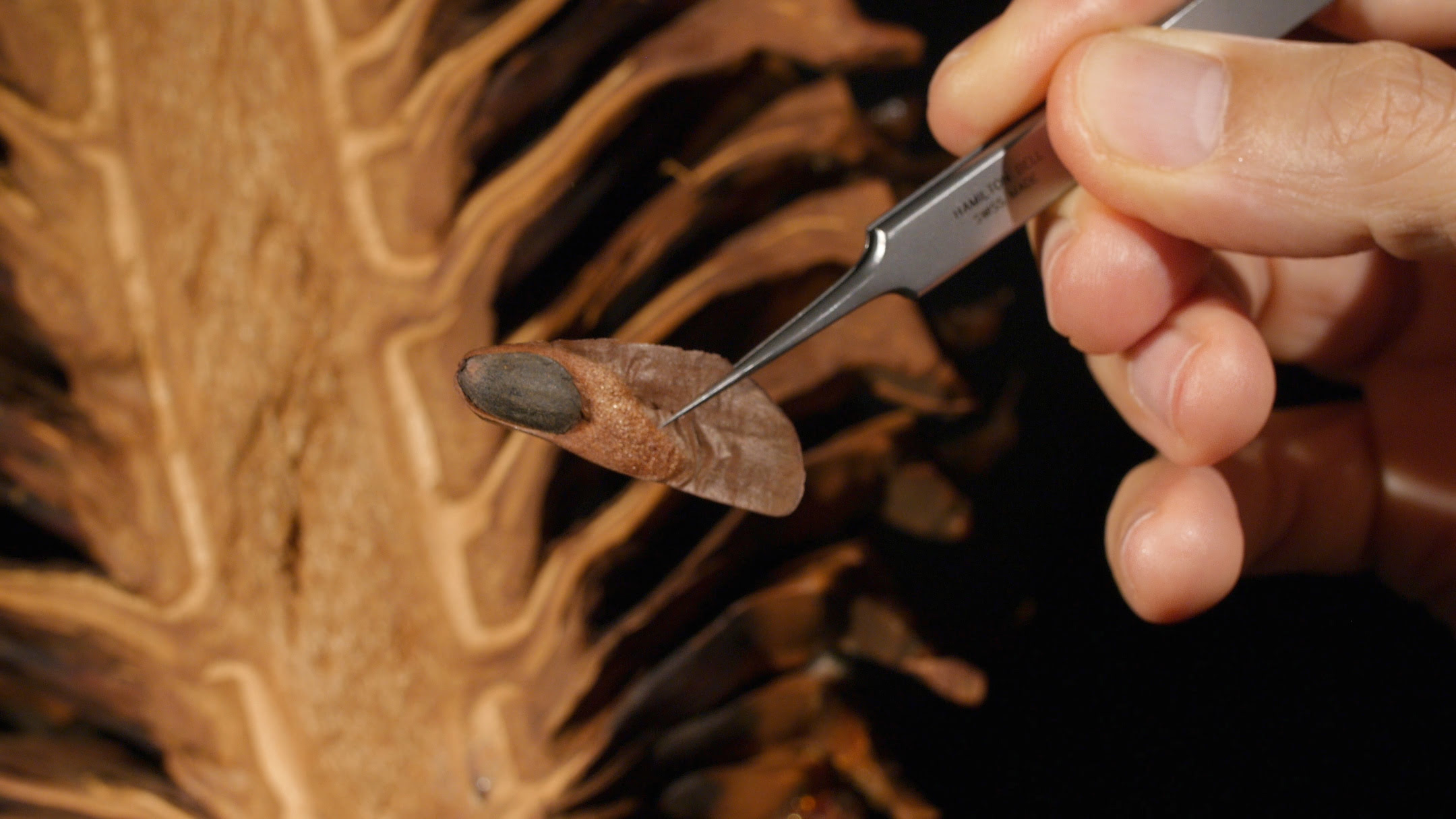
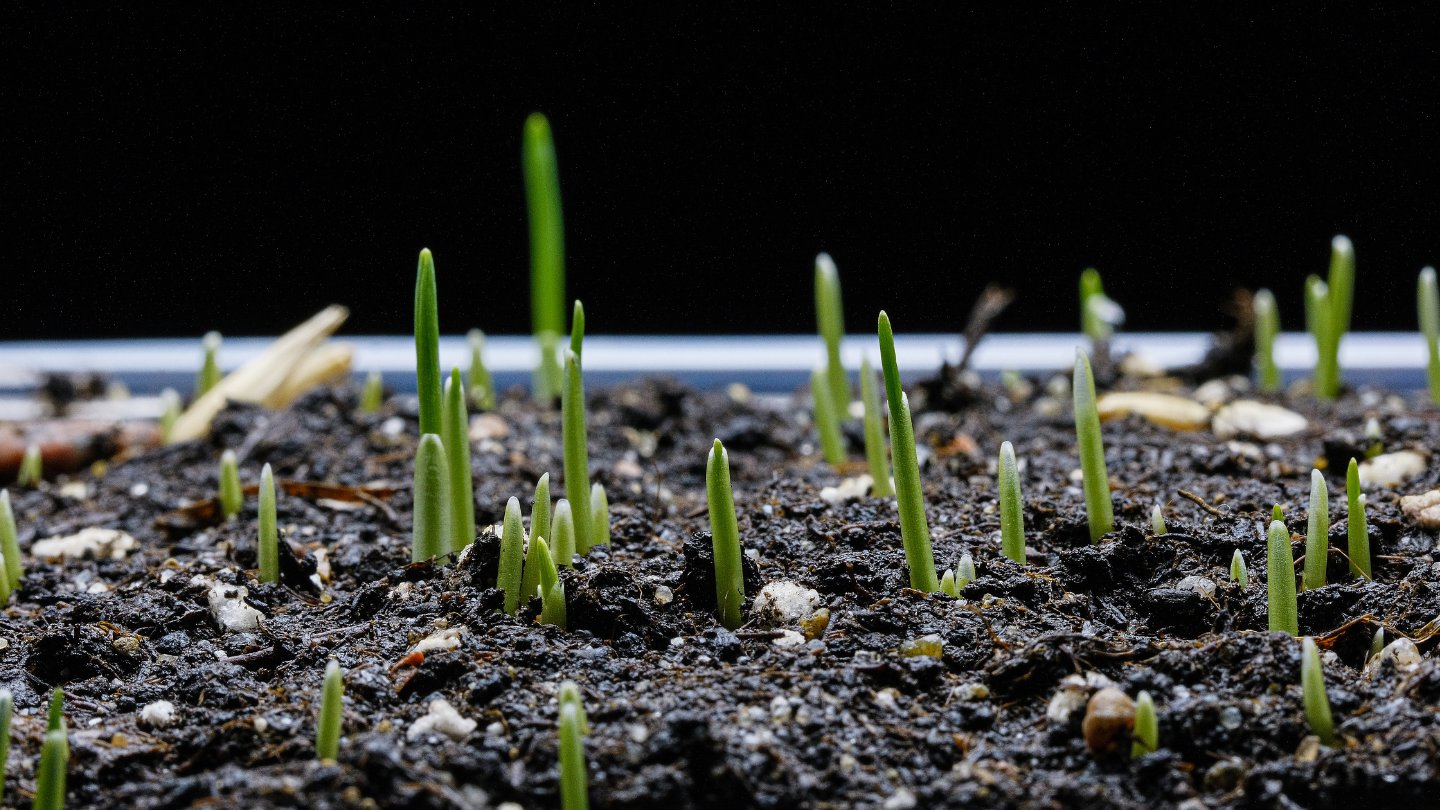
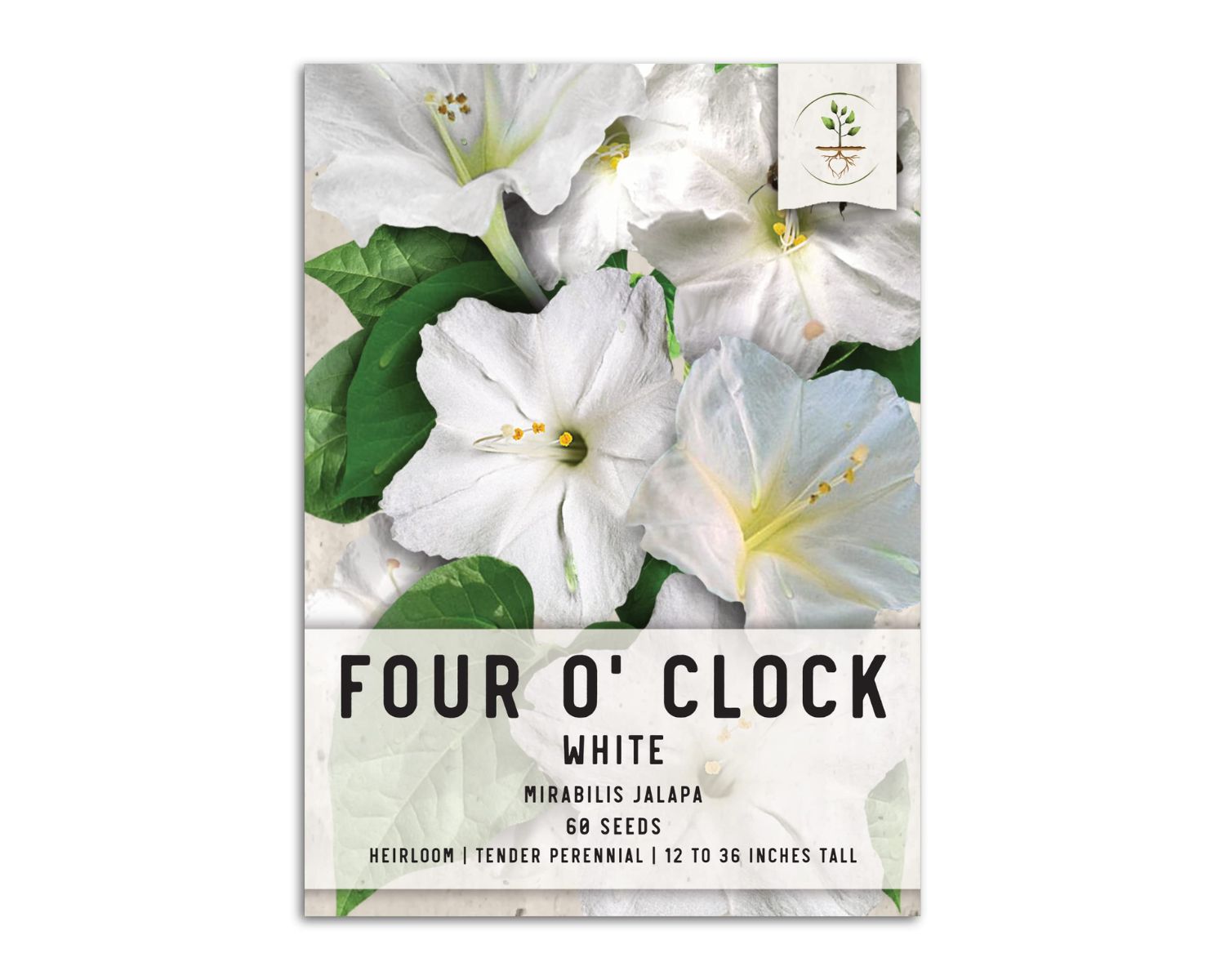
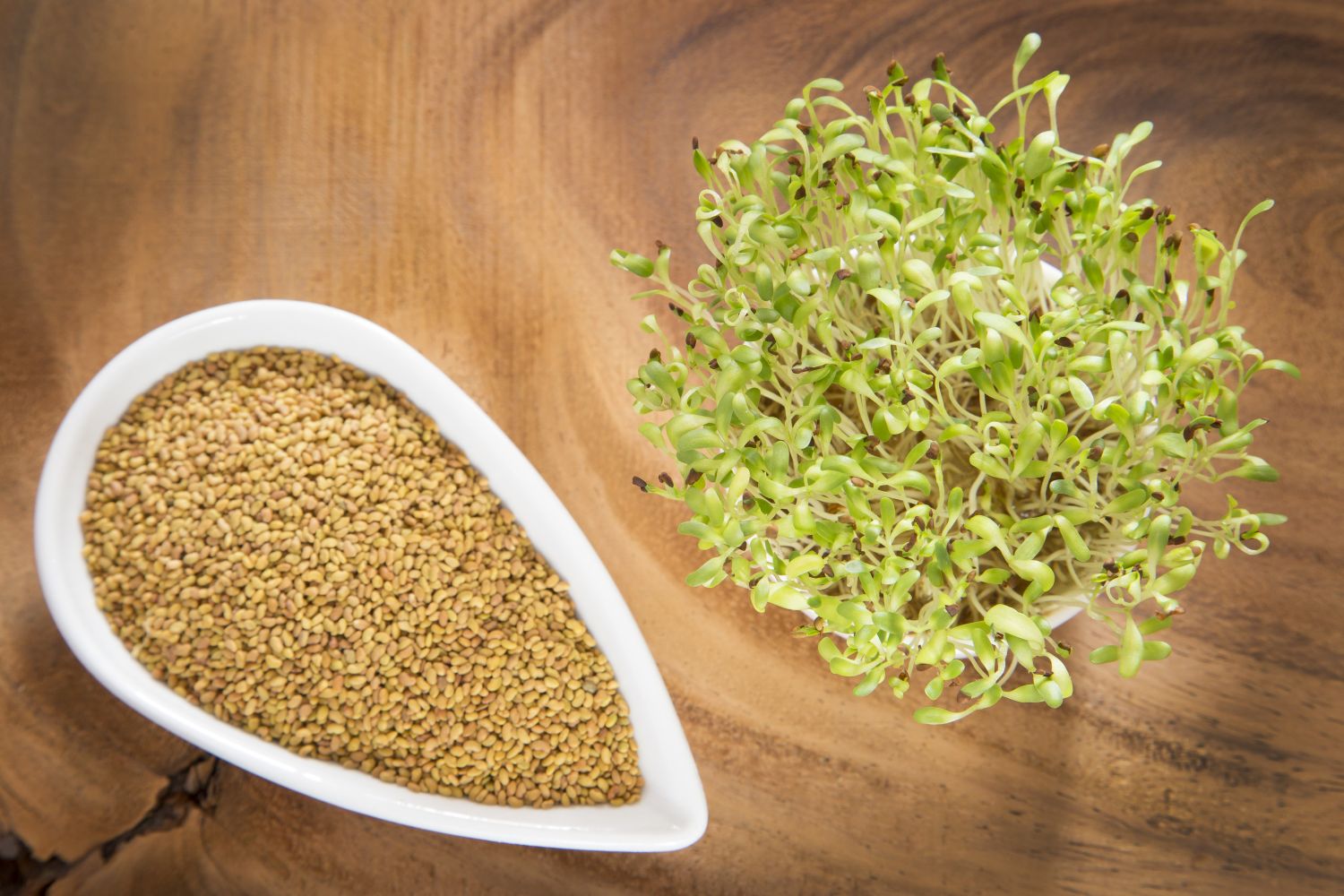

0 thoughts on “What Does Cotton Seed Look Like”